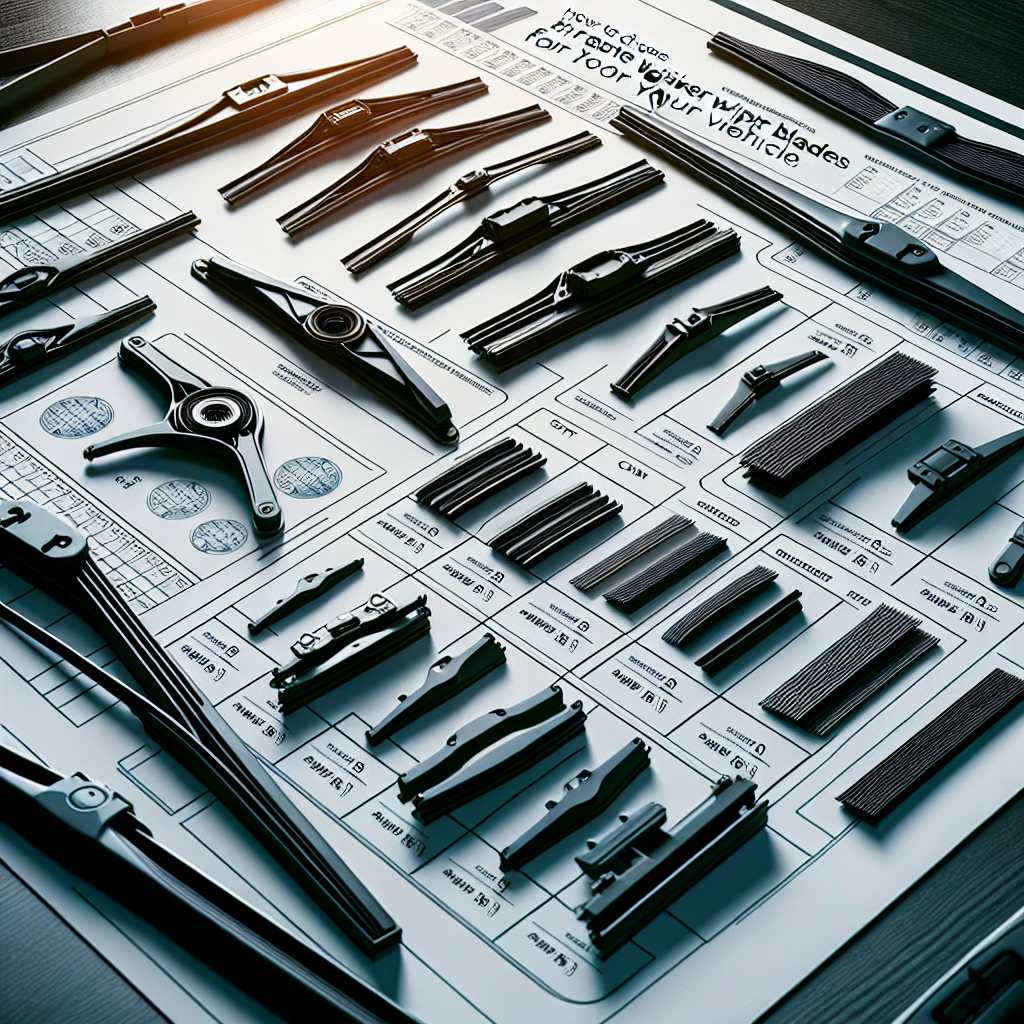The Porsche 911 has long been a symbol of automotive excellence. As one of the most iconic sports cars in the world, its evolution through the decades has fascinated car enthusiasts and collectors alike. Here, we’ll take an informative journey through the development of the Porsche 911, highlighting its key milestones and lasting legacy in the automotive industry.
Introduced in 1964, the Porsche 911 was originally designed by Ferdinand "Butzi" Porsche, the grandson of the company’s founder. The early models, known as the 901 series before a legal dispute forced a name change to 911, featured a distinctive rear-engine design and an air-cooled, flat-six engine. Despite initial skepticism due to its unconventional layout, the 911 quickly established itself as a benchmark for performance and handling.
In the 1970s, the 911 underwent significant changes to meet new safety and emissions regulations. The introduction of the G-Series in 1973 brought impact bumpers to comply with U.S. safety standards. This decade also saw the debut of the legendary Porsche 911 Turbo, introduced in 1975. With its turbocharged engine, aerodynamic refinements, and wider rear wheels, the Turbo set new standards for high-performance sports cars.
The 1980s marked a period of both refinement and innovation for the 911. Porsche introduced the Carrera 3.2 in 1984, a model that many consider the ultimate incarnation of the classic 911 design. However, the company didn’t stop there. The late ’80s saw the introduction of the 964 series, featuring significant technical advancements such as all-wheel drive (in the Carrera 4) and a redesigned suspension system that improved handling and ride comfort.
The 1990s brought about the 993 generation, often lauded as one of the best 911 iterations ever made. The 993 was the last air-cooled 911, and it featured a new multi-link rear suspension that dramatically improved handling and ride quality. Moreover, it introduced a more aerodynamic body and updated safety features, making it a more practical vehicle for everyday use.
With the transition into the 21st century, Porsche introduced the 996 series in 1998. This marked the advent of the first water-cooled 911 engine, a move that sparked considerable debate among Porsche purists. However, the switch to water cooling allowed for improved performance and compliance with stringent emissions standards. The 996 also showcased a complete redesign, with more modern styling and advanced technology.
The following decade saw the arrival of the 997 series in 2004, which aimed to blend the best of both worlds: the modern performance of the 996 with the classic styling cues that many enthusiasts missed. The 997 also introduced new features like the Porsche Active Suspension Management system and improved aerodynamics.
In recent years, the evolution has continued with the introduction of the 991 series in 2011 and the current 992 series, launched in 2019. These latest models have incorporated advanced technology such as adaptive cruise control, rear-axle steering, and hybrid powertrains while maintaining the 911’s core attributes of exceptional performance and unmistakable style.
Throughout its history, the Porsche 911 has been a testament to the brand’s commitment to innovation, performance, and design excellence. It’s no wonder that the 911 remains a timeless classic, cherished by driving enthusiasts and collectors around the world.
For detailed technical specifications and historical insights, you can visit Porsche’s official heritage page.
At Missing Gear, we understand the passion behind owning and maintaining such an iconic vehicle. Our extensive selection of auto parts ensures that you can keep your Porsche 911 running smoothly, no matter which decade it hails from. Explore our inventory today to find the perfect components for your classic ride.


